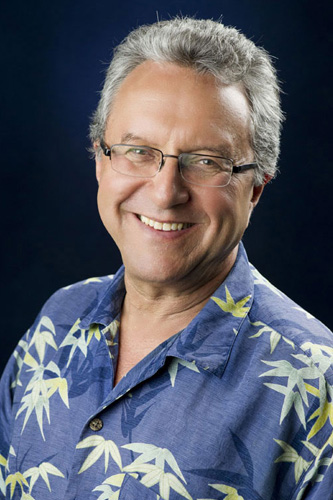
Rebuilding Your Body on the Cellular Level – Peter Wasowski – #381
Timestamps
0:00 – Cool Fact of the Day!
0:34 – Pre-order Head Strong by Dave Asprey on Amazon!
1:50 – Desert Farms
3:30 – Welcome Peter Wasowski from Vasper
5:00 – How Vasper was started
12:00 – How Vasper works
17:00 – Vasper’s cooling system
23:00 – Mold exposure and autoimmunity
30:00 – EMFs and Vasper
35:00 – The feeling that comes from using Vasper
45:30 – Why did Peter move to Hawaii?
51:00 – Cerebral spinal fluid
55:00 – Peter’s daily routine
1:02:00 – Peter’s top 3 tips for performing better at life
Featured
Desert Farms (Use promo code: Bulletproof20)
Resources
Bulletproof
Subscribe To The Human Upgrade
In this Episode of The Human Upgrade™...
BOOKS
4X NEW YORK TIMES
BEST-SELLING SCIENCE AUTHOR
Smarter
Not Harder
Smarter Not Harder: The Biohacker’s Guide to Getting the Body and Mind You Want is about helping you to become the best version of yourself by embracing laziness while increasing your energy and optimizing your biology.








